Harold on History | The Pioneers of Preventive Cardiology
The alarming rise in cardiovascular disease after World War II led President Harry Truman to sign the National Heart Act into law in 1948 establishing the National Heart Institute (NHI – now the National Heart, Lung, and Blood Institute) to support clinical, laboratory and epidemiological research. This law paved the way for formal epidemiological studies of cardiovascular disease that built the foundation of what today is known as preventive cardiology. Among the early pioneers in this field:
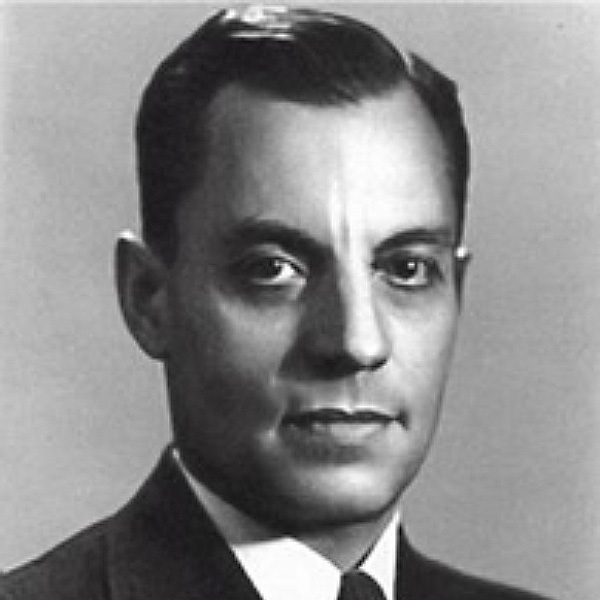
Ancel Benjamin Keys, PhD, FACC, (1904-2004) was an American physiologist, who is known not only for developing the survival K-rations (“K” named for “Keys”) for soldiers during World War II, but also for associating the heart disease epidemic with changing lifestyle and eating patterns. Keys led the “Seven Countries Study” that began in 1957 and looked at whether cardiovascular disease rates vary among populations in relation to their dietary fat intake. The study showed that serum cholesterol was strongly related to coronary heart disease mortality risk.
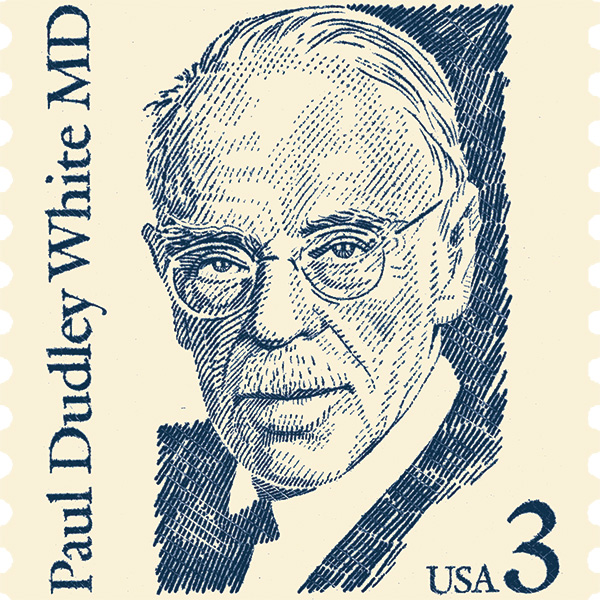
Paul Dudley White, MD, (1886-1973) impacted the lifestyle of millions of individuals in the United States and across the world. White cared for President Dwight David Eisenhower after his myocardial infarction and was a strong advocate of preventive measures including diet, weight control and exercise. He personally practiced the important principles of walk more, eat less and sleep more.
"…Whereas the Congress hereby finds and declares that the Nation’s health is seriously threatened by diseases of the heart and circulation, including high blood pressure…it is therefore the policy of the United States to provide for research and control relating to diseases of the heart and circulation in a supreme endeavor to develop speedily more effective means of prevention, diagnosis, and treatment of such diseases..." — U.S. Congress. Senate. Committee on Health, Education, Labor and Pensions. 1948. The National Heart Act of 1948. 80th Congress, 2nd Session. S. Rep. 2215.
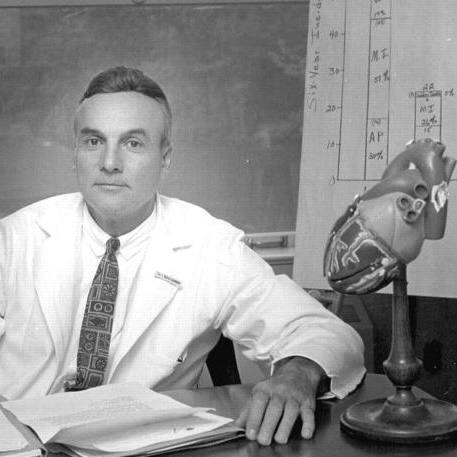
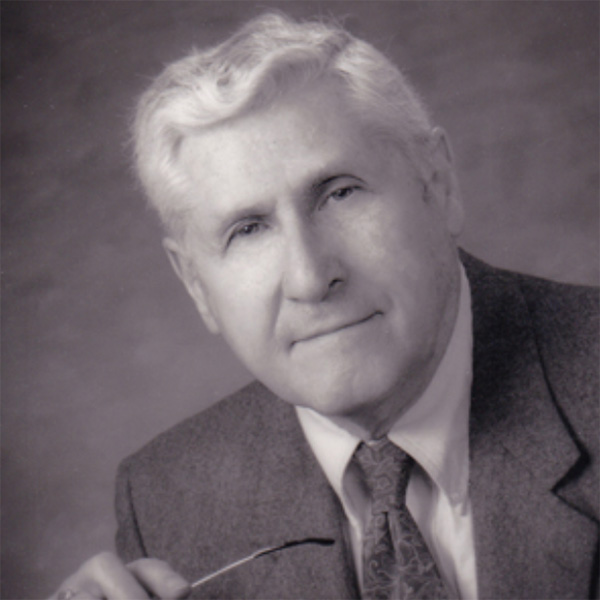
Thomas Royle Dawber, MD, (1913-2005) is credited as the architect of the Framingham Heart Study. Using Framingham data, he and William B. Kannel, MD, MPH, FACC, (1923-2011) reported that risk factors for cardiovascular disease begin in childhood and relate to future clinical cardiovascular risk. Their research was published in a 1961 Annals of Internal Medicine publication titled “Factors of Risk in the Development of Coronary Heart Disease,” which popularized the term “risk factor” in the medical lexicon.
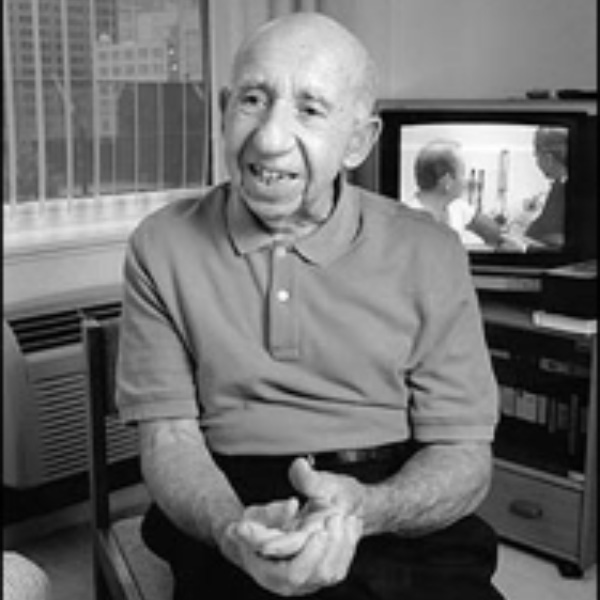
Jeremiah Stamler, MD, FACC, (1919-) studied the contributions of salt and cholesterol to atherosclerotic vascular disease in the mid-1950s and further popularized the term “risk factors” into the field of cardiology. He was involved in many landmark trials including the Multiple Risk Factor Intervention Trial and the Chicago population studies that followed 45,000 men and women for over 30 years and advanced understanding about the impact of lifestyle and cardiac risk factors on mortality from cardiovascular disease and stroke.
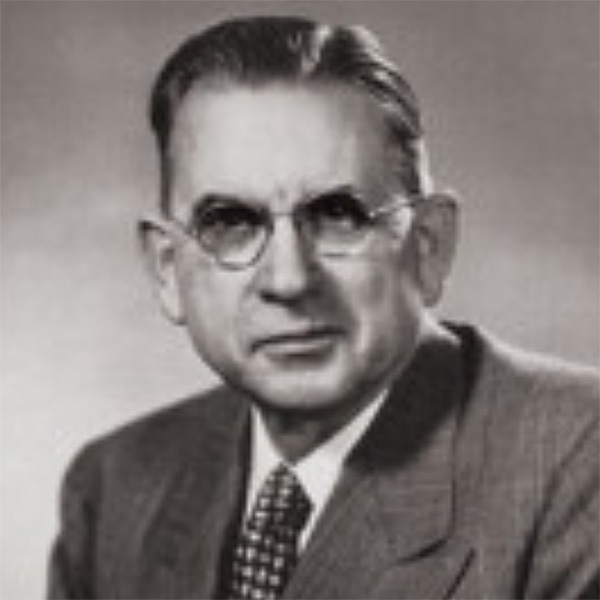
Joseph Walter Mountin, MD, (1891-1952) helped lay the foundation for what became the Centers for Disease Control and Prevention (CDC). Mountin facilitated public health initiatives including population screening to prevent and control diabetes, hypertension and cardiovascular disease. He supported studies of noncommunicable disease and appointed Gilcin Finley Meadors, MD, (1915-1988) to initiate epidemiologic research that evolved into the Framingham Heart Study.
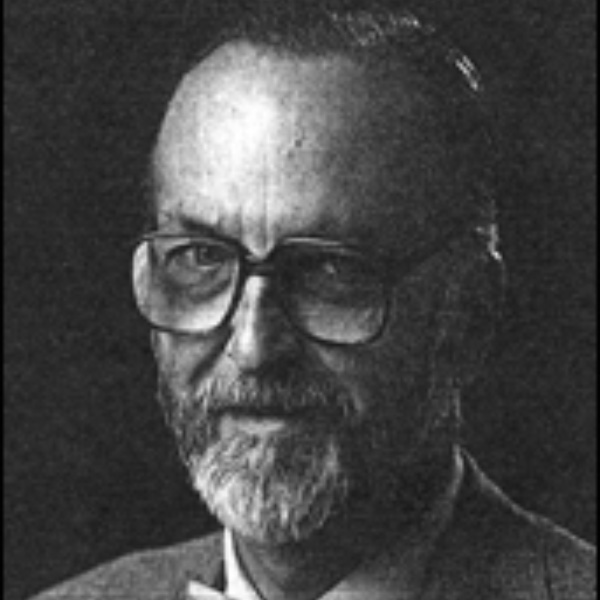
Joseph Stokes III, MD, (1925-1989) was a cardiologist and epidemiologist who served as co-principal investigator of the Framingham Heart Study and published the classic study demonstrating the differential impact of lipids on coronary heart disease rates in Japanese and Hawaiian men. He promoted education, research and clinical practice within the field of preventive cardiology.
These and so many other pioneers in preventive cardiology led the way in turning the focus on cardiovascular disease from simply treating the disease, to actively working to prevent it before it started. While we have come a long way, a new generation of cardiovascular researchers and clinicians are continuing their legacy and continuing to find ways to manage the cardiovascular health of populations around the globe.
Keywords: ACC Publications, Cardiology Magazine, Risk Factors, Research Personnel, Cardiovascular Diseases, Military Personnel, Public Health, Lipids, Myocardial Infarction, Coronary Disease, Stroke, Hypertension, Cholesterol, Life Style, Diabetes Mellitus, Centers for Disease Control and Prevention, U.S., Diet, Health Education, Pensions, Dietary Fats, Epidemiologic Studies
< Back to Listings

